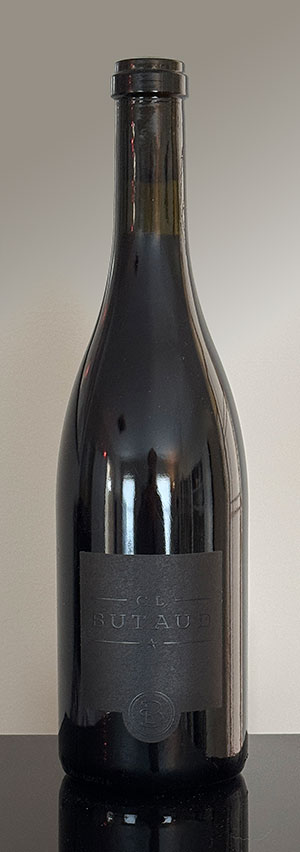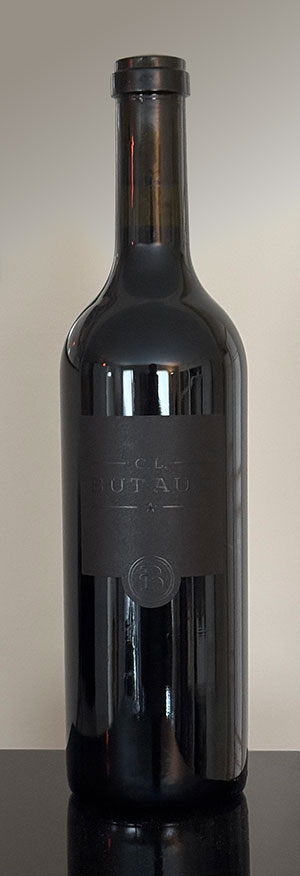
C.L. Butaud Desert Willow Mourvèdre 2021
Texas isn’t the first place that comes to mind when most people think about wine, especially “serious” high-quality wine. And yet, Texas is fifth in the nation in both wine production and consumption. The history of grape growing in the state goes back at least to the 1660s, when Franciscan monks planted Mission grapes adjacent to their missions.* Today, Texas is home to a number of American Viticultural Areas, or AVAs; the two most prominent are the Texas High Plains AVA around Lubbock in northwestern Texas, and the Texas Hill Country AVA in central Texas west of Austin.
In his 20s, Texas native Randy Hester left a frustrating career in Psychology and adolescent mental health, and began to search for his next path in life. His first real exposure to the world of wine came during his years in restaurant management, where he discovered he had a naturally talented palate. Randy eventually moved into wine sales and distribution where he became intrigued with winemaking, and felt compelled to create his own. Continue reading “C.L. Butaud Desert Willow Mourvèdre”


